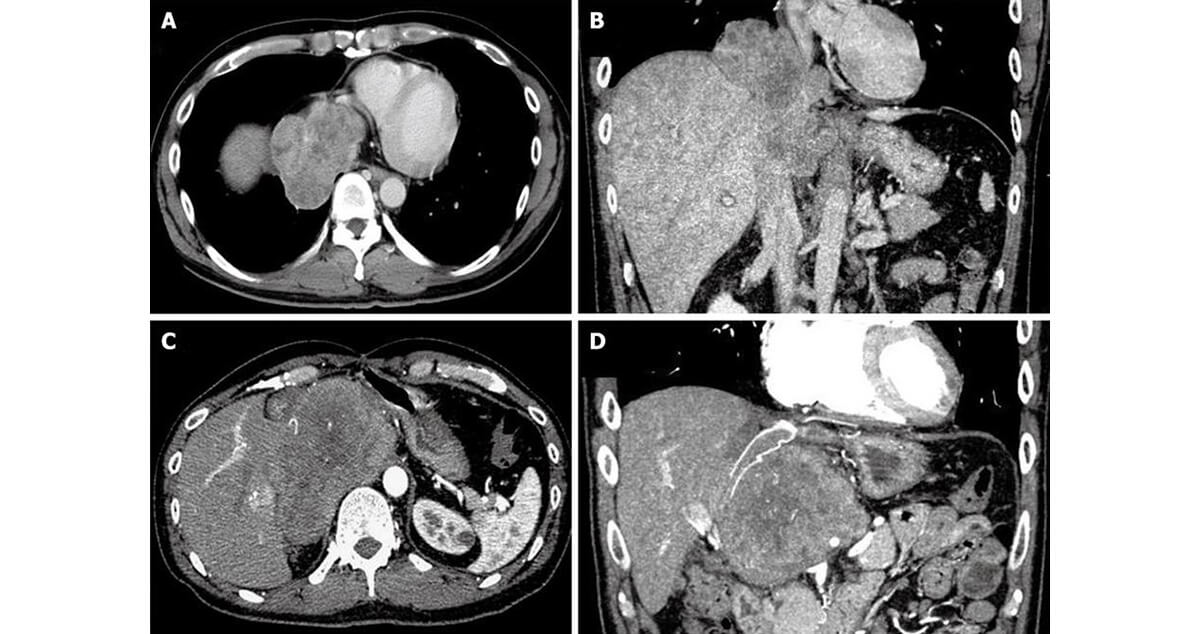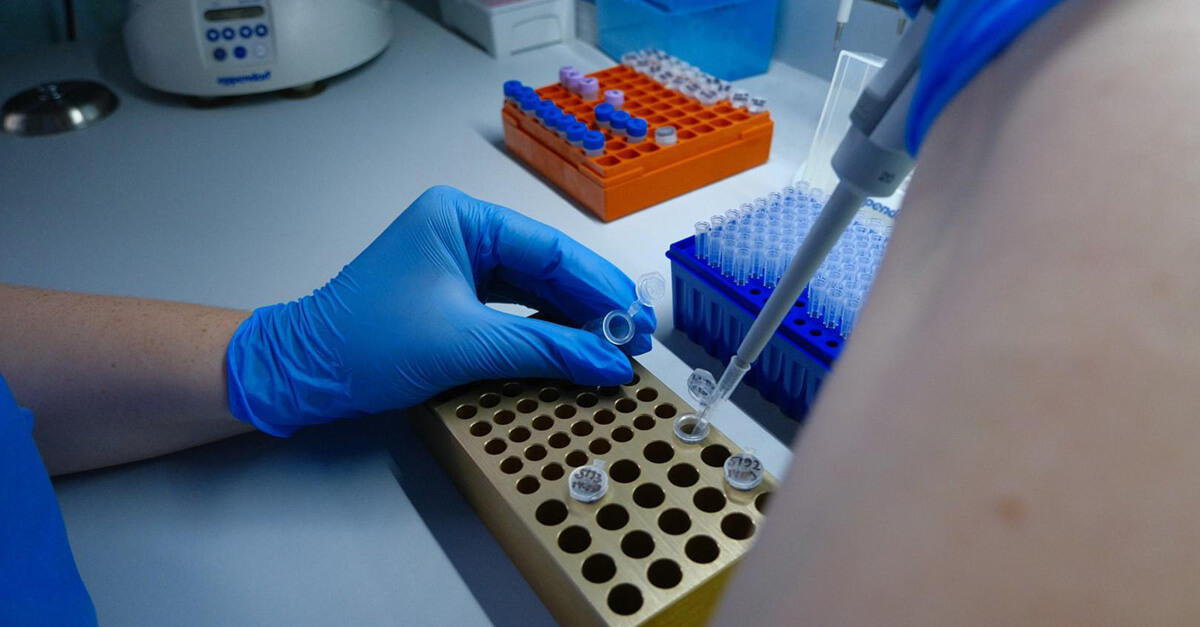Calls for Ukraine
Calls for Europe
Calls for USA

Fibrosarcoma is one of the most common types of malignant tumors. They develop from soft connective tissues, such as tendons, fascia, subcutaneous fatty tissue, and connective tissue layers. The tumor is registered somewhat more often in women than in men. Mostly the neoplasm develops in the age group from 30 to 40 years. Most often found: fibrosarcoma of the legs, fibrosarcoma of the thigh, but this tumor can also occur in the shoulder and neck area.
There are several types of fibrosarcomas, which differ in their degree of aggressiveness and prognosis. Aggressive low-grade fibrosarcomas grow rapidly and tend to metastasize to various organs. However, timely and correctly selected treatment can effectively combat the disease. MedTour will help you find a clinic where doctors specialize in the treatment of fibrosarcomas and use the newest and most promising methods of therapy.
The reasons for the development of fibrosarcoma remain unclear today. It is believed that exposure to ionizing radiation can provoke the development of pathology. Moreover, it can take 10-15 years from the irradiation process to the active growth of the tumor. The causes of soft tissue fibrosarcoma may also include chromosomal mutations that occur in the womb. In this case, the neoplasm is detected in childhood. Another risk factor that can increase the likelihood of developing a tumor is human contact with carcinogenic substances.
If fibrosarcoma has already formed, severe bruises and other injuries in the area where it is located can stimulate its active growth.

The appearance of fibrosarcoma depends on its type, location and size.
Typically the tumor has a round shape and a bumpy surface. Depending on the type of pathology, its boundaries can be clearly defined or merge with surrounding tissues. The skin in the area where the tumor is located usually does not change color. Less commonly, if the tumor grows rapidly, the skin turns blue, it may become thinner, and a venous network appears.
Well-differentiated fibrosarcomas usually form a dense capsule around themselves with smooth edges. For this reason, it is sometimes mistaken for a benign formation. At the initial stages of development of the neoplasm, this capsule can move when pressed, and at later stages it no longer moves due to its adherence to the bone tissue.
Well-differentiated fibrosarcomas may not manifest themselves for a long time and in the early stages of the disease can be diagnosed accidentally during examination. Symptoms appear when fibrosarcoma is large, which is associated with its pressure on surrounding tissues. The most characteristic features include:
Pain develops due to pressure of the tumor on nerve endings and blood vessels. After the tumor grows into the bone tissue, the pain intensifies and becomes chronic.
The emotional state of the patient in the later stages of the disease may deteriorate significantly due to general exhaustion of the body, pain or intoxication, and depression may occur. It is believed that on average, about 15 years pass from the onset of development of a neoplasm to the appearance of noticeable signs of the disease.
If metastases occur, symptoms are added that indicate damage to one or another organ. For example, with metastases to the lungs, cough and shortness of breath appear, and with metastases to the liver, jaundice appears. If metastases occur in the bones, severe pain appears that cannot be eliminated with painkillers.
Doctors distinguish two main types of fibrosarcomas:
Oncologists also distinguish the following types of fibrosarcomas: fibromyxoid, dermatofibrosarcoma, neurofibrosarcoma, infantile fibrosarcoma, myxoid fibroma. Infantile fibrosarcoma occurs in children under 5 years of age and has an aggressive course.
All types of pathology are prone to relapses, so after a course of treatment, even after complete elimination of the tumor, it is very important to undergo regular examinations.
In the final stages of low-grade fibrosarcomas, metastases can be found in different organs. First of all, with fibrosarcoma, metastasis occurs in the lymph nodes, first the nearest ones, and then more distant ones. Also, as the tumor grows, it can grow into nearby tissues and damage nerves and blood vessels. Distant metastases of fibrosarcoma are most often found in the liver, lungs, and bones.
The further the disease develops, the more difficult it will be to treat. But even in the most advanced stages, it makes sense to look for ways to combat the disease. Modern medicine is opening up new possibilities for the treatment of malignant pathologies every day. And if you contact advanced medical centers that specialize in the treatment of various types of sarcomas, you will be able to take advantage of the newest and most effective methods of combating pathology.

The doctor prescribes a comprehensive examination if fibrosarcoma is suspected. Initially, fibrosarcoma can be detected by ultrasound or using x-ray diagnostic methods. In this way, it is possible to identify a neoplasm, determine its location and size. To obtain more detailed information, CT or MRI may be prescribed. These methods make it possible to more accurately calculate the size of the tumor, find out which tissues are involved in the process, see the structure of tumor tissues and identify metastasis.
A biopsy is necessary for an accurate diagnosis. This is a special procedure during which tumor fragments are collected and then studied in the laboratory. This allows doctors to most accurately determine the type of tumor. The biopsy can be a puncture and performed using a special needle. Or an open biopsy can be done, where the tumor is accessed surgically.
In recent years, it has become possible to study tumors using genetic testing. This approach makes it possible to detect mutations, identify which of them are associated with malignant pathologies, and identify specific markers of the disease. This information is of high value, as it makes it possible to personalize treatment and select the most effective drugs for a particular disease.
Contact the MedTour coordinating doctor to find out more information about the possibility of genetic testing and other new types of examination in different countries.

For fibrosarcoma, treatment is often complex. The main treatment methods include surgery, chemotherapy, radiotherapy, and targeted therapy. Doctors usually select treatment tactics individually, taking into account the location of the tumor, its size, stage, type of tumor and general health indicators of the patient.
The best results can be achieved when an accurate diagnosis of the tumor has been carried out and its specific markers have been determined. This makes it possible to personalize treatment and obtain better results.
Good prospects for treatment are provided by complete removal of the tumor, especially with highly differentiated tumors. Typically, surgeons perform a resection of the affected area, removing several centimeters of healthy tissue along a radius. This is done to reduce the risk of relapse. In each situation, surgeons determine the scope of surgical intervention individually, taking into account the location of the tumor and the presence of vessels, nerves and other important structures near the tumor. After surgical treatment, doctors often additionally prescribe radiation therapy or chemotherapy.
Fibrosarcomas do not always respond well to treatment with ionizing radiation. However, radiation therapy can be used for some forms of pathology. Most often, brachytherapy is used, when a radioactive element is placed next to the tumor. This makes it possible to carry out irradiation more locally.
Targeted irradiation can also be carried out using the latest linear accelerators.

The use of chemotherapy affects malignant cells, destroying them and preventing their proliferation. There are several groups of special drugs that can be prescribed individually or in combination. Such drug therapy is selected by the doctor individually depending on the characteristics of the patient’s condition.
Chemotherapy can be prescribed both after surgery (to destroy the cells that remain after surgery) and before surgery (to reduce the tumor).
The advantage of treatment with targeted drugs compared to conventional chemotherapy is that they act more precisely on tumor cells, with virtually no negative impact on healthy cells of the body. Today, there is a constant search for new effective targeted drugs that act against specific malignant diseases. Some drugs are already used for fibrosarcomas and show good results. Accurate genetic and molecular testing of tumor tissue helps to select the optimal targeted therapy.
To find a medical oncology center where doctors use targeted therapy and other modern methods, use the MedTour consultation. Our coordinating doctor will choose the best clinic option for you, help with organizing treatment, and answer pressing questions.
Life expectancy with this diagnosis largely depends on the form of the neoplasm and the stage at which the pathology is detected. If the disease is detected in the early stages, the prognosis is generally favorable.
The choice of treatment tactics is also important. With a personalized approach and the use of the most promising treatment methods, the chances of survival increase significantly even in difficult cases.
The MedTour platform cooperates with the best medical centers. On our website you can independently view the list of leading clinics for the treatment of fibrosarcoma located in different countries.
To find out more about medical institutions that suit your needs, contact us. A free consultation with a MedTour coordinating doctor will help you choose the best option.
In order for the treatment to be as effective as possible, it is necessary to find a qualified doctor who has extensive experience in treating fibrosarcomas. MedTour staff will inform you about the best doctors for the treatment of fibrosarcomas.
We will help you choose a doctor who uses the newest and most effective treatment methods, uses innovative approaches and has a good reputation. Fill out the contact form right now to receive the information you are interested in about doctors and clinics.
Please rate the work of MedTour
